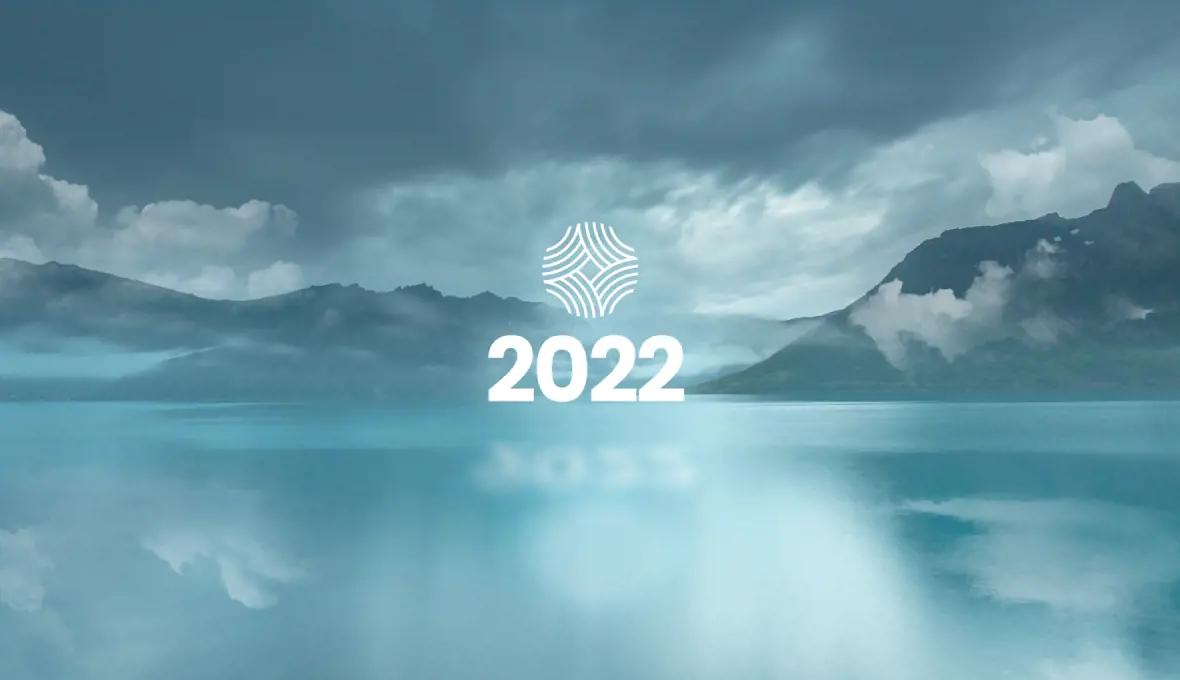Bondholders are the suppliers of new capital for investment and growth. Shareholders can vote, but the supply of retained earnings or new equity issuances is small in comparison with debt funding. Investors must behave Responsibly in their capital allocation. And we, at Candriam, have the Conviction that including Climate in the decision improves risk-adjusted returns.
Risk-adjusted returns are the objective
It is always worth remembering that Fixed Income returns are asymmetric. Risks take on a different colouring in this light.
It seems so long ago – yet was so recently – that Environmental, Social, and Governance (ESG) analysis in fixed income was a sort of additional 'check', to identify and clarify downside risks. Governance has long been a central element in credit analysis. The more complex the corporate structure, the more critical the Governance factors are to the risk profile. At Candriam, we have evolved from the 'G' being central to our analysis, to the 'E' and the 'S' being integral factors in our analysis. We also expect that the integration of ESG factors into Fixed Income processes across the investment industry will help allocate capital in more efficient ways!
ESG integration in corporate credit analysis – A process, not a result
When analysing corporate credits, we integrate ESG factors in our basic fundamental corporate analysis of the issuers' business profiles, alongside other basic elements such as the level of capital intensity, cyclicality, and sector concentration and market shares. We do not limit ourselves to historical data, we use a forward-looking approach to assess how Environmental/Climate and Social risks are likely to change the future credit outlook.
Next: energy transition
'Transitioning' to a low-carbon, more resource-efficient and sustainable global economy sounds smooth. 'Transition' is such an easy-sounding word for change, but change can be difficult to predict, difficult to achieve, and expensive to implement. It is increasingly important to understand each company's exposure to the transition risks to which each company is exposed, based on its activities and geographic mix, and the way it manages these risks.
Assessing the degree to which companies are managing transition risks well or insufficiently, improves the ability to determine not only the most 'virtuous' issuers, but also to aid in determining which are likely to be the most credit-worthy on a long-term view. It also helps target Engagement efforts towards issuers who have not yet made sufficient progress but have a likelihood of improvement. At Candriam, we exclude companies from our investment universe if we determine that that their management of transition risk management "very insufficient", in order to avoid issuers facing the highest climate risks. Companies whose management is deemed "insufficient" may become priority targets for Engagement. (Listen to our 17 December video on Fixed Income Engagement.)
All the actors are intertwined. We all know the current trends in national emissions are lagging the targets (and we can visualize how much – see our 13 December Outlook article). This could become a significant credit issue. For example, the EU Green Deal's 'carbon border adjustment mechanism' means that corporates based in high-emitting nations could lose their exports to the EU.
Don't fret, act! Integrating climate policy in portfolio construction
The systemic investment risks are tremendous. Swiss Re warns1 that even if the Paris agreement targets are met, climate change could wipe more than 11% off world GDP through 2050. Under a 3.2°C scenario, climate change could cost 18% of global output.
The next step could be to integrate climate policy into portfolio construction. For some managers, the process of constructing a portfolio includes calculating the effect of a security purchase or sale on the overall volatility, or other measures, of a portfolio. Why not the same for climate risks?
Many managers report carbon footprints of their portfolios, usually as a result. Why not take additional steps? Why not temperature scenarios of a portfolio? The goal could be to report whether the portfolio in line with the Paris Agreement, and/or how far ahead or behind. Today, at Candriam we integrate ESG factors in our credit analysis. Climate mitigation and adaptation are firmly embedded in our ESG analyses.
While Responsible Investors may feel a moral imperative, it is our Conviction that including climate change in credit analysis has become a necessary input in the generation of risk-adjusted returns for all investors.
1 World Economic Forum. https://www.weforum.org/agenda/2021/06/impact-climate-change-global-gdp/#:~:text=The%20largest%20impact%20of%20climate,the%20Swiss%20Re%20Institute%20warns, accessed 8 December, 2021.
